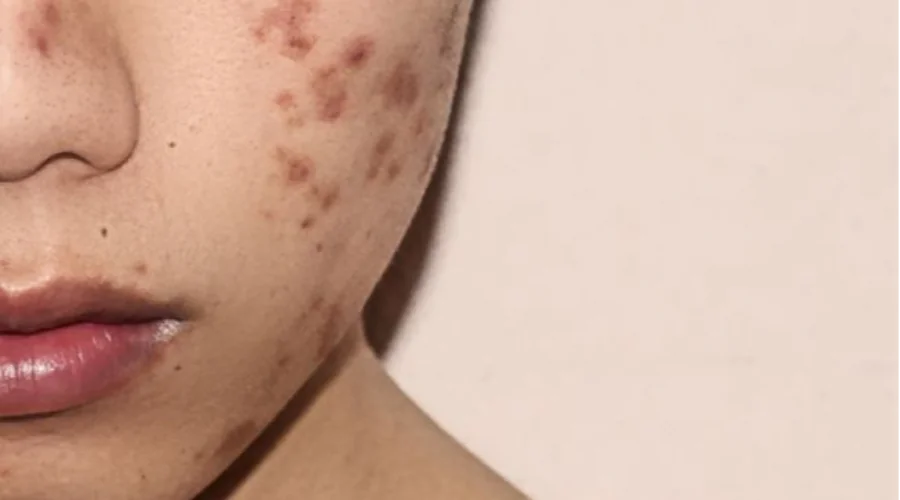
- 02 Jun
- 2022
Ilustrasi gambar (Shutterstock)
UM Surabaya Lecturer Shares Tips on Recognizing Fake Skincare Products
Women and skin care products are things that seem inseparable. The desire to have beautiful and healthy skin inevitably results in high consumer demand for complete personal care products.
However, recently, consumers of skin care products have been demanded to be smarter in choosing the products to be used, given the increasing number of cases of counterfeit or fake skin care products on the market.
Ria Hanistya, Lecturer in Pharmacy Study Program, Faculty of Health Sciences (FIK) UM Surabaya, explained that skin care products themselves are classified as cosmetics, which are defined as substances used on the surface of the human body, such as skin, hair, nails, lips, which aim to clean, improve appearance, reduce body odor and so on.
According to him, choosing the wrong skin care product can cause conditions that endanger health, such as the appearance of irritation or rashes on the skin as well as other health problems such as allergies. There are four ways to identify fake skin care products, one of which is to pay attention to the container. Fake skin care products are found in various forms, one of which is reconditioning products.
"Reconditioned products are skin care products with the same packaging as products on the market but with contents whose origins are unclear," explained Ria, Thursday (2/6/22)
According to him, this type of product has a container that is worn out with faded writing inks because the packaging has been re-washed. Or it could also be that the product is sold in unsealed packaging
Both the smell and texture of the product are inappropriate. Physicochemical changes in products can occur due to storage effects such as products that are exposed to direct sunlight or products that are close to their expiration date.
These products will change color, smell and texture so that they are no longer safe to use. Rogue traders often trick consumers by changing product expiration dates, but if we are observant we can still recognize the difference between genuine products and fake ones.
Next another feature is the exaggerated usability claims. In accordance with existing regulations, preparations or skin care products circulating in Indonesia are prohibited from writing exaggerated claims on their products. So if there are preparations that claim to be able to cure skin diseases from A to Z, it can be suspected that these preparations are fake.
Lastly, check product distribution permits on the BPOM website. Regulations related to the distribution of cosmetics in Indonesia are contained in BPOM regulation Number 30 of 2017 where every cosmetic product sold on the Indonesian market must have a distribution permit number registered with BPOM.
"The distribution permit written on the container can be checked on the checkbpom.pom.go.id page or via the BPOM check application which can be downloaded via the App Store or Google Play Store," he said.




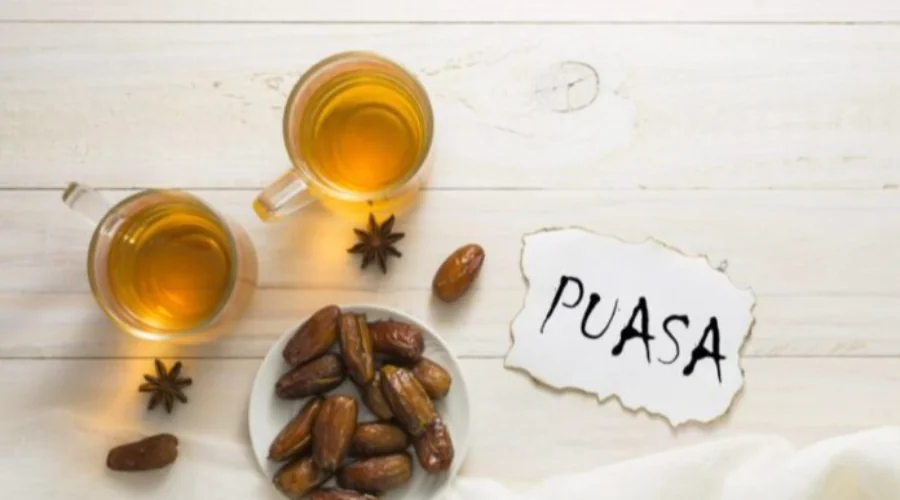
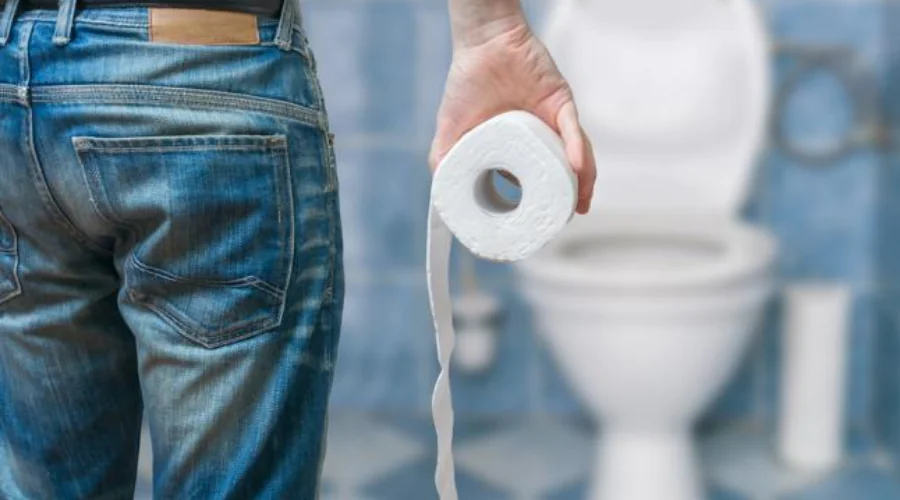
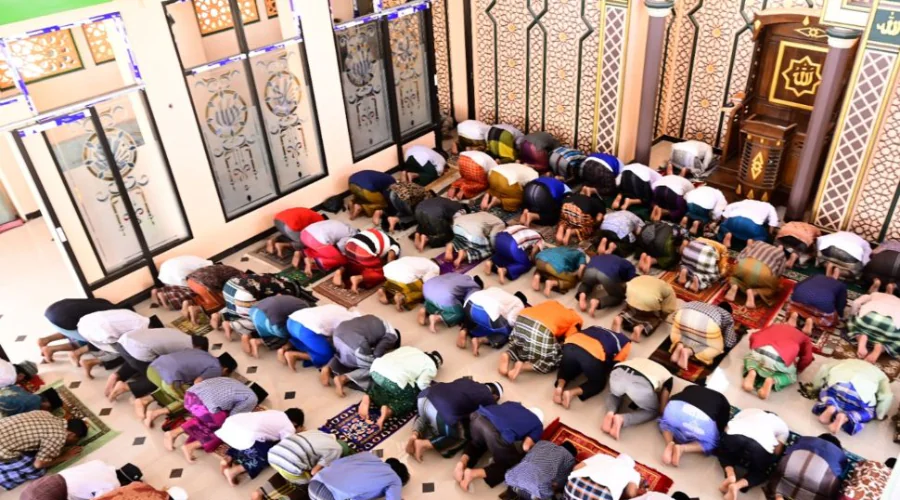
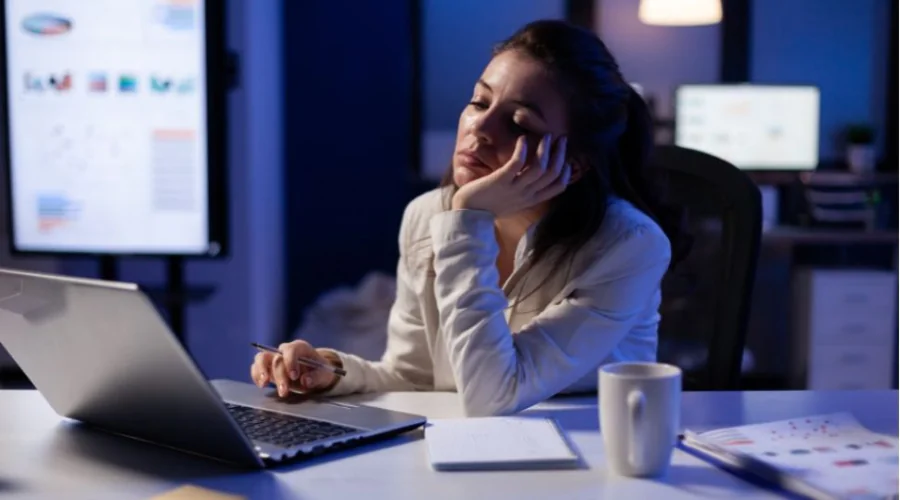

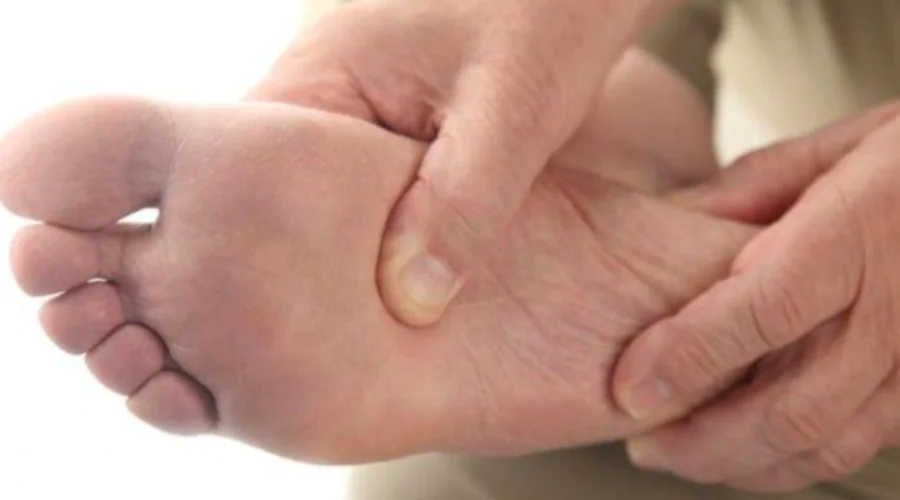
(0) Comments